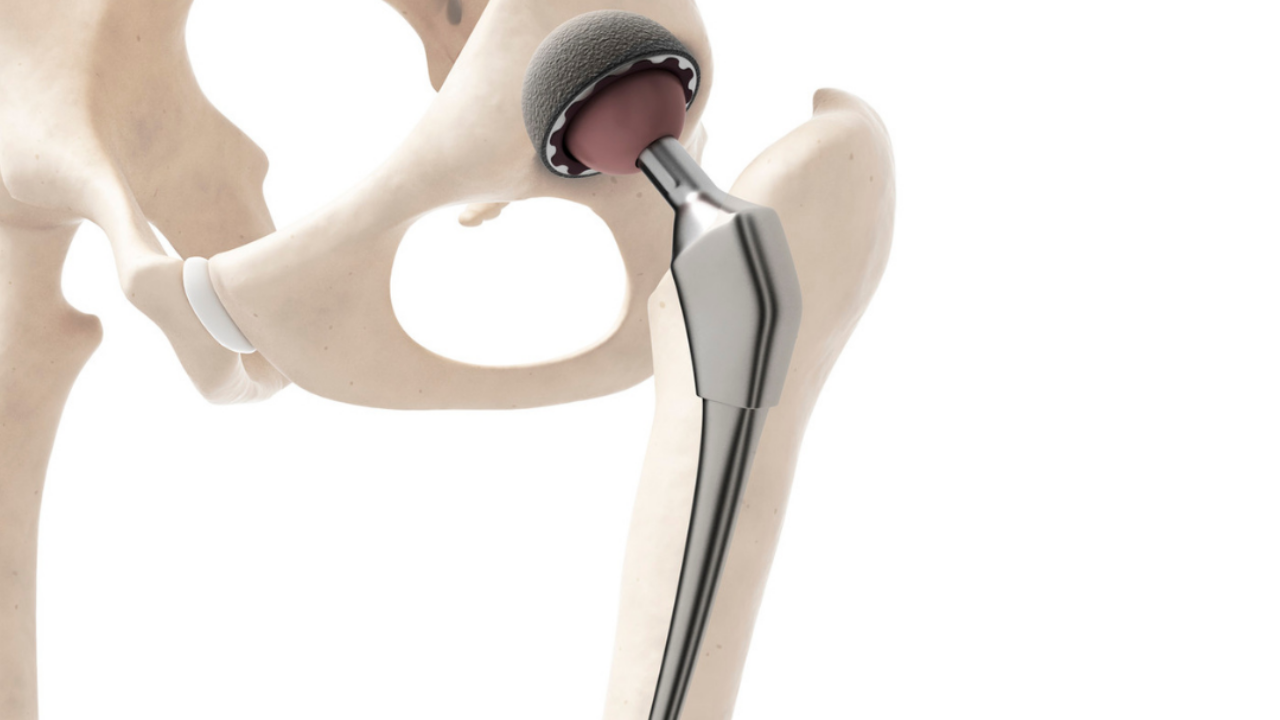Returning to the Gym After a Hip Replacement
Hip pain is fairly common in the gym, especially with squatting. Sometimes this can be related to hip impingement and arthritis. If the arthritis is bad enough, then you may be a candidate for a hip replacement. I’m not going to get into the specifics of hip biomechanics with squatting in this post, but rather how to return to the gym after having a hip replacement.
According to the Agency for Healthcare Research and Quality, more than 450,000 total hip replacements are performed each year in the United States. There is no standard for treatment after a hip replacement. Some people are sent to physical therapy immediately, some people are told not to go to physical therapy and slowly return to their prior activity levels. Some people continue to have high levels of pain, and some people have virtually no pain or limitations after the operation. Different strokes for different folks. But if you are trying to get back to higher intensity workouts seen in CrossFit or boot camps, or even just looking to get back to squatting moderate to heavy weights in the gym, there is little to no guidance out there for you.
Is it safe to return to the gym after a hip replacement?
Absolutely! Now, everyone will progress at different rates and we need to respect tissue healing time before jumping back into the gym. This is where a performance PT can help guide you and make sure you are not causing any harm to your new joint. For most cases, you will want to wait at least 8 weeks before returning to the gym and get clearance from both your surgeon and your physical therapist.
Modern hip implants are more durable than previous models. They are meant to withstand great forces and allow for improved range of motion. Simply moving through a range of motion under load will not wear the prosthesis, however higher impact activities such as running and jumping may have some impact on the implant. You will want to use caution when returning to high impact activities. Use pain as your guide, as exercising with the new joint should be pain-free. Also, allow yourself plenty of time to progress from simple open-chain exercises, to bodyweight exercises, to loaded exercises, to higher level activities. You do not want to rush the process.
Can I squat to full depth after a hip replacement?
Squatting to parallel or even below parallel is achievable after a total hip replacement. As mentioned above, you will want to progress appropriately.
Start with a supported squat by holding on to a squat rack or suspension straps (or Olympic rings). Try to keep your torso upright as you slowly lower yourself. A forward torso will increase the mobility required from the hip and put more pressure on the joint.
Progress to an unsupported bodyweight squat to a high surface, such as a box with bumper plates on top of it. Gradually reduce the height of the surface to increase your squat depth as long as there is no pain, you can maintain a good torso angle, and you can maintain proper mechanics.
Once you master a full-range bodyweight squat, you will want to start loading. Start with a kettlebell or dumbbell held in front of you (goblet squat). This will allow you to maintain an upright torso while adding weight. As you master the goblet squat, you can start to use an empty barbell.
When starting barbell squats, a front squat will allow you to keep a more upright torso. Gradually introduce back squats. A high barbell back squat will be more accommodating to the hips than a low barbell back squat. It would be a good idea to start barbell squats to a box before attempting full-depth squats.
Using pain and mechanics as your guide, you can slowly increase weights by 5-10% per week to work towards your prior level of fitness.
Can I return to running and jumping?
There is no evidence saying that you absolutely cannot return to these activities. However, they are more likely to irritate your hip and constant high-impact activities can reduce the lifespan of your new hip.
Start slow and modify running and jumping activities in the gym for at least 12 weeks after surgery. If you are looking for options instead of running, consider using a rowing machine or a bike with a higher seat position (to limit hip flexion). Step-ups are a good substitute for jumping. Start small and gradually increase the height of the box. Make sure you are not losing your pelvic position or letting your knees cave in as you lift your bodyweight up.
What else can I do to help get back to the gym safely?
When recovering from a major surgery like a hip replacement, it’s not best to just take time off to rest and then slowly return to normal activities. Having a forward-thinking performance PT guide you will take all of the guesswork out of your recovery.
Some factors that will aid your recovery and get you back to the gym safely include:
Proper hydration
Proper nutrition
Proper sleep hygiene
Specific accessory exercises to address imbalances
Graded exposure to appropriate exercises
Focus on form over intensity
Being honest with yourself
Contact us if you are looking to return to the gym after surgery. We see post-operative clients all the time and help them safely return to high-intensity workouts.
Corey Hall, PT, DPT

